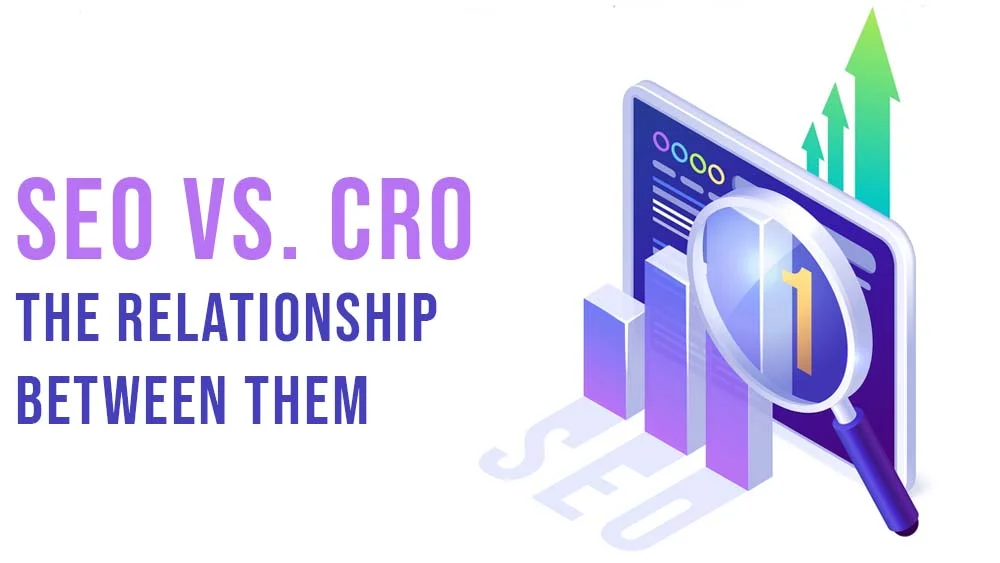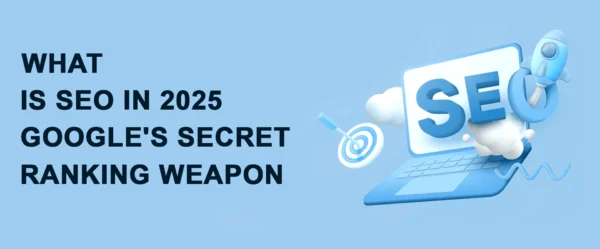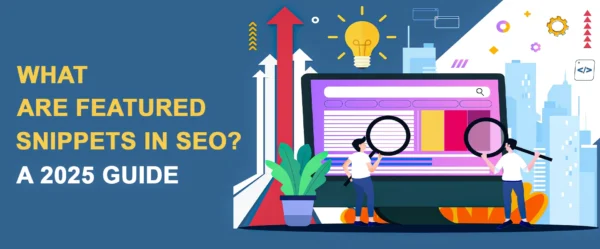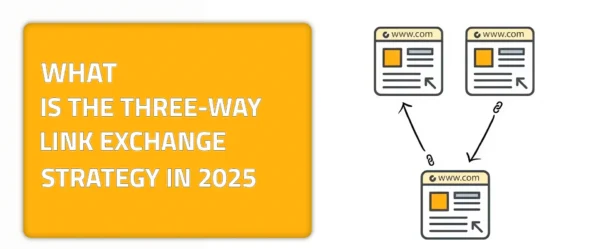Unveiling The Relationship Between SEO Vs. CRO
When it comes to digital marketing, two important factors lie ahead: SEO vs. CRO. SEO (search engine optimization) and CRO (conversion rate optimization) are two key tactics that are frequently at the forefront. While they may seem like separate entities with distinct goals, their relationship is far more intertwined than meets the eye. SEO focuses on enhancing a website’s visibility and ranking on search engine results pages, aiming to attract organic traffic by optimizing content, keywords, and technical aspects.
On the other hand, CRO revolves around maximizing the percentage of website visitors who take desired actions, such as making a purchase or filling out a form. Despite their unique objectives, SEO and CRO share a symbiotic relationship, with each influencing the other’s effectiveness.
For instance, SEO efforts drive traffic to a website, but CRO ensures that traffic is effectively converted into valuable actions. Conversely, CRO strategies rely on SEO to bring in relevant visitors who are more likely to convert. Therefore, understanding and harmonizing the dynamics between SEO and CRO is crucial for achieving overarching marketing goals, as they work hand in hand to boost a website’s performance, visibility, and ultimately, its bottom line.
SEO Vs. CRO: What Is Search Engine Optimization (SEO)? A Quick Overview
SEO, aka search engine optimization, is like the pixie dust that helps your website shine in the eyes of search engines of all types. Imagine your website as a treasure chest hidden in a vast ocean of information. SEO is the treasure map that guides search engines to find your chest among the sea of competitors. It involves a blend of strategic techniques and thinking to boost your website’s visibility and ranking in search engine results pages (SERPs).
This comprehensive process includes sprinkling just the right amount of keywords throughout your content, polishing your website’s technical aspects for smooth sailing, and building trusty links from other reputable sites. With SEO, you have the capability to transform your website from a dusty attic that nobody knows about into a bustling marketplace where eager visitors come to explore and discover the services that you have to offer. That is why this is such a crucial factor that will contribute to your website’s success in no time.
SEO Vs. CRO: What Is Conversion Rate Optimization (CRO)? A Quicker Overview
Ever watched Kung Fu Panda? You know when Mr. Ping kept telling Po that there was a secret ingredient that made their noodle soup so delicious? CRO, or conversion rate optimization, is like that secret ingredient in your digital marketing success recipe. Picture the following with me: you’ve got a great website, but it’s not just about getting people there; it’s about making sure they do what you want them to do once they arrive.
That’s where CRO steps in—the mastermind behind turning those website visitors into valuable customers or what I like to call “subscribers.”. It’s all about tweaking and fine-tuning your website’s elements, from headlines to buttons and everything in between. That is, to create an irresistible user experience that nudges visitors towards taking action.
Your website’s visitors’ action can vary. Purchasing anything, subscribing to a newsletter, or downloading an ebook. Think of it as a friendly guide escorting your visitors through your digital space, making sure they feel right at home and ready to engage with your brand. So, when it comes to CRO, it’s not just about making your website look good; it’s about making it work hard for you and your business goals. Below, I’ll be unveiling top ways to align both SEO and CRO in order to reach maximum efficiency.
SEO Vs. CRO: Method Number 1: Aligning Both Their Goals For Maximum Benefits
Aligning SEO goals with CRO goals is like orchestrating a classical symphony in today’s digital realm. You must focus first on keyword optimization. That is because it doesn’t only boost your search engine rankings but also resonates with your target audience’s needs and desires. More qualified traffic will come your way if you take the time to learn your audience’s search habits and adjust your content appropriately. One that will definitely be considered organic by search engines.
The second step to take is to ensure a seamless user experience. That is, by optimizing website navigation, load times, and mobile responsiveness. A user-friendly website not only pleases search engines but also keeps visitors engaged. Which leads to an increase in the likelihood of conversions. The final thing to do is to leverage data-driven insights from both SEO and CRO efforts to continuously refine your strategies.
It’s like fine-tuning an engine; small adjustments can lead to significant performance improvements over time. So, by syncing your SEO and CRO goals, you’ll create a digital powerhouse that not only drives organic traffic but also converts visitors into loyal customers, all while having a bit of fun along the way.
Method Number 2: Take Into Account the Search Intent of Keywords
What is search intent? Let me tell you. This refers to the process of understanding why a certain user chose to search for a certain keyword. Additionally, it helps you understand the market you’re addressing better. That is because it highlights for you the top used keywords in a specific field or industry. Now, when it comes to SEO and CRO, let me walk you through a hypothetical example.
Imagine you’re throwing a party to celebrate your graduation. You create invitations that show the reason behind the party for people to show up for the right reasons. That’s where understanding search intent comes in handy. Just like you’d tailor your party playlist to suit the mood, you’ll want to align your keywords with the intentions behind those searches.
Are people looking to buy something, seeking information, or comparing options? Ask yourself that. Exactly like asking yourself, would people rather hear Celine Dion in a graduation party or Post Malone and Drake? By detecting out these intentions, you can tailor your content to meet their needs, making your website the go-to destination for their queries. This not only boosts your SEO by attracting the right traffic but also sets the stage for conversion success.
SEO Vs. CRO: Method Number 3: Write High-Quality Content That is SEO-Friendly
This is one method that is of great importance for the understanding of users and their preferences. It’s like when chefs in aspiring Michelin-starred restaurants get to understand Michelin-starred agents and their way of showing themselves when they’re there to give out there critics. Research relevant keywords to add throughout your content.
That is, not just for search engines, but to speak directly to your audience’s interests. Just as a chef balances flavors, ensure your content balances valuable information with persuasive elements that drive conversions. Use engaging headings and subheadings to guide your readers.
Don’t forget about the visual appeal. Just as a beautifully plated dish draws the eye, incorporate eye-catching images and multimedia to enhance the user experience. Finally, constantly monitor and analyze your content’s performance, adjusting your strategy as needed, just as a chef tweaks their recipes based on customer feedback. With this approach, your content will be both SEO-friendly and conversion-worthy, satisfying both search engines and your audience’s appetites.
Method Number 4: Embrace Title Tags and Meta Descriptions
They are small, with a very short word count. However, their effect is something that you shouldn’t ignore. Picture the following with me: your website’s ranking on search engines is like being on a grand stage, but without catchy title tags and compelling meta descriptions, it’s like having a top-notch performance with an empty audience.
Title tags are your headline act, grabbing attention and telling search engines what your page is all about. Meanwhile, meta descriptions are like the charming host, enticing visitors to click through with a sneak peek of what’s in store. But here’s the kicker: these elements aren’t just for SEO’s sake; they play a crucial role in CRO as well.
A captivating title and description not only boost your search engine visibility but also entice users to click through, increasing the chances of conversion. So, by giving these elements the spotlight they deserve, you’re not just optimizing for search engines; you’re also crafting a delightful user experience that drives results.
Wrapping It Up!
In the ever-changing realm of digital marketing, the synergy between search engine optimization (SEO) and conversion rate optimization (CRO) emerges as a potent force for driving success online. CRO is responsible for converting clicks into actions that have a real impact, whereas SEO is responsible for ensuring that your website shines brightly. That is, in the wide expanse of search engine results. In conjunction, they constitute a mutually beneficial relationship.
One in which optimized content and strategic user experience come together to enhance the progression of your brand. Not only can businesses improve their online presence by gaining a grasp of and utilizing the dynamic relationship between search engine optimization (SEO) and conversion rate optimization (CRO), but they can also maximize conversions, thereby reaching their overarching marketing goals with dexterity and efficiency.











